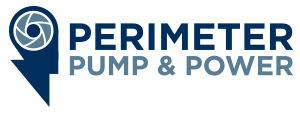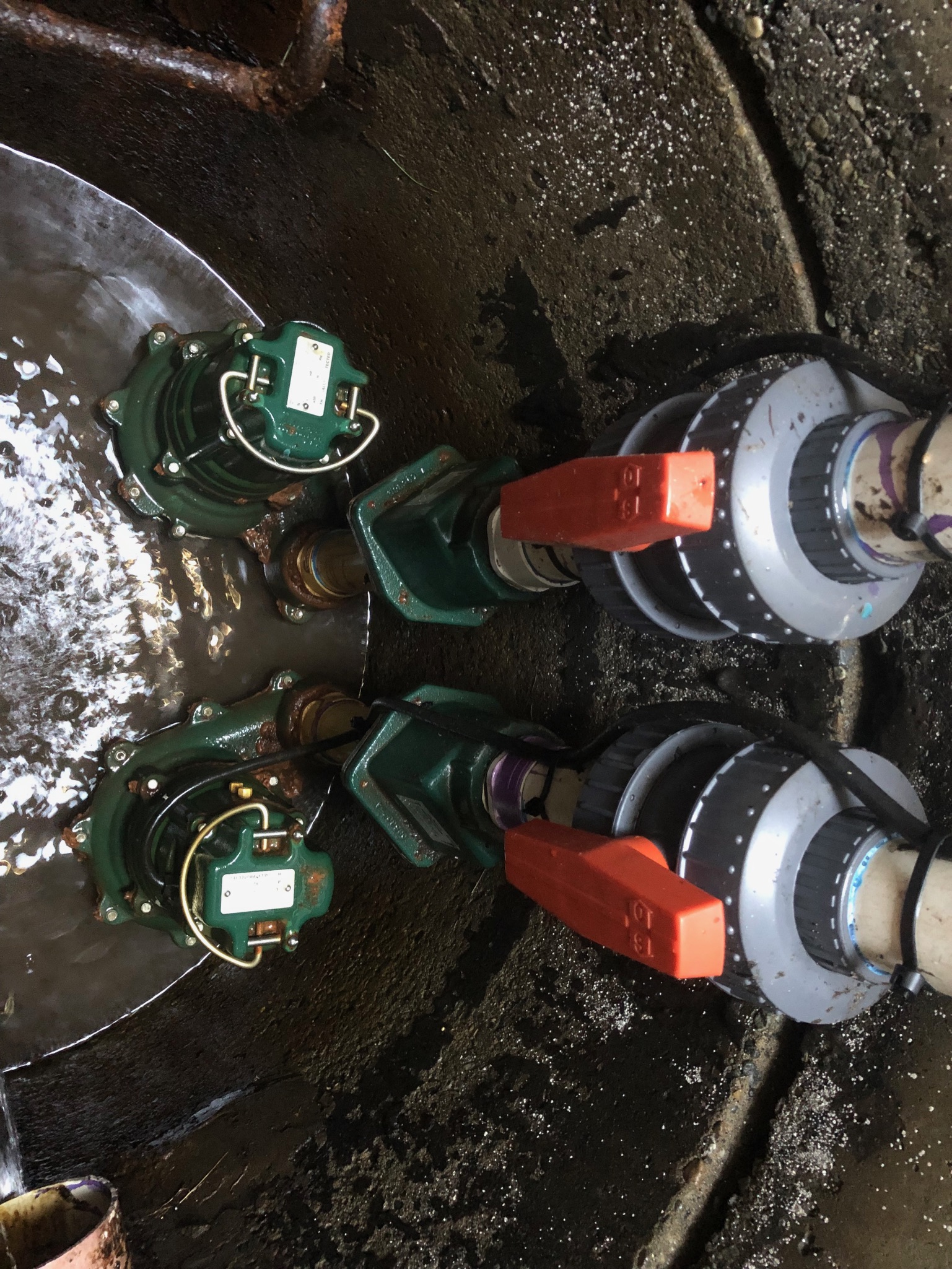Lets talk about drainage. For years now we’ve been building our company. And yes, that’s probably not an earth-shattering statement by any stretch of the means.
But no matter what industry you work in, your company should be doing the same thing.
Building your team.
Building your values.
Building your process.
Our company has gone through change just like everyone else, but we’re proud to report the changes have always been focused on doing things better. We are constantly looking at better ways to install, maintain and design what we service.
And better doesn’t always mean faster or cheaper. Sorry!
One of the biggest areas of focus for Perimeter Pump & Power is drainage and sewer pump stations and emergency home standby generators. We’ve been working in this area for years in the Lower Mainland under the Perimeter Drainage banner, so what does the drainage pump station process look like?
1. Design
Whether it’s a new home or refurbishing a used home, it’s crucial to get the design step right. To do that efficiently we look at what are the requirements of your home’s drainage system. Estimated pumping volume, distance and elevation to your municipal connection are the key factors when coming up with a solution. We start with the obvious.
Drainage Flows: the water that comes off your roof caused by condensation in the sky and the surrounding surface and groundwater entering your property. That gives us a volume per time.
Design: the size of the system (pump size and storage volume) needed to pump that volume of water away from your house over a certain time.
During the design process we measure the flow of what’s coming in and the area that needs to be drained. A big part of that is rainfall intensity – something we all know a lot about here on the west coast. Each area has a different rainfall curve. Mount Seymour off Berkley gets the most rain where South Surrey gets little.
We’re never that far away from a ten year rainfall event so it’s important to be prepared. We also look at things like the material surrounding your home, whether you’ve got grass or concrete, what’s going on under the surface of the earth, and the pattern of the flow.
2. Installation
After installing over 400 pump stations all over the Lower Mainland and parts of Vancouver Island, one of the most important things we’ve learned is that cheaper isn’t always better. I mean, it’s better in the short term of course, but that doesn’t mean it’s not going to cost you big time down the road.
We use commercial grade materials that cost more than standard pipes and fittings. Why? Because we don’t want you to call us in the fall or next year or five years from now and pay us more to come fix your drainage and sewer pump stations. I mean sure, we’d like to hear from you, but just to tell us how good your system is working!
The bottom line is we install our systems to lower the chance of failure as much as possible. That means cast iron check valves, superblock combination ball union fittings, series 200 forcemains and only the best pumps suited for the job. Those would be FEMyers & Hydromatic (Pentair) and Zoeller pumps. We have had the best success using these two brands. We also use SJE Rhombus duplex panels and hard wire all of our connections in a waterproof environment to greatly reduce the chance of an electrical issue due to oxidation.
3. Repairs
We will still come out and make it work even if we didn’t install your drainage or sewer pump system and something breaks.
The nature of the engineering involved with pump design is always improving, so sure, there are out-dated or broken systems out there that need to get back up to speed with no time wasted. A lot of the issues we’ve seen is that people cut costs by using cheap fittings and pumps they used at installation. This doesn’t necessarily work. But typically new homes want the sexy kitchen, not the sexy drainage pump system.
When you’re looking for performance, it’s true that fittings reduce efficiency, but it’s more about understanding the design required to deal with 30 gallons a minute or 100 gallons a minute pumping through the pipes.
So that’s the drainage and sewer pump station process here at Perimeter Pump & Power in a nutshell. I can’t overstate the importance of that first step – the design of the system. This is what helps us understand and respect the conditions of your home, the conditions on the site, and the nature of the rain and groundwater around your house.
Remember, all this goes to waste if you don’t have a maintenance plan, but you can read more about that in other posted blogs here.
After that it’s a piece of cake!


